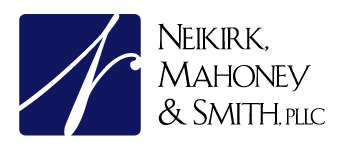
Cybercriminals want sensitive client data that tax professionals have, so the tax preparation community is a target. As a tax professional, you can take the initial step to safeguard taxpayer data by assessing your risks and making a security plan.
It’s more important than ever that tax professionals take aggressive steps to protect taxpayer information. Developing a good security plan not only makes you think about areas where you could be vulnerable to intrusions, it also helps you focus on prevention. How do you get started on developing a plan that is workable for your business?
Here are some initial steps:
Step 1: Complete a risk assessment
This means identifying the risks and potential impacts of unauthorized access, use or disclosure of information. It also means looking at what happens if someone modifies or destroys that information or the computer systems that can be used to access taxpayer data. Ask yourself these questions:
How vulnerable is your customer’s data to theft, disclosure, alteration or unrecoverable loss?
What can you do to reduce the impact to your customers and your business in such an event?
What can you do to reduce vulnerability?
Step 2: Write and follow an Information Security Plan
The plan should:
Address every item identified in the risk assessment.
Define safeguards you want staff, affiliates and service providers to follow.
Require a responsible person to review and approve the Information Security Plan
Require a responsible person to monitor, revise and test the Information Security Plan on a periodic (annual) basis to address any system or business changes or problems identified.
Step 3: At least once a year, if not more, perform an internal assessment
Evaluate and test the security plan and other safeguards you have in place.
Document any deficiencies. Create and execute a plan to address them.
Learn more about these and other steps by reviewing IRS Publication 4557, Safeguarding Taxpayer Data.
Courtesy of IRS
For more information contact Neikirk, Mahoney and Smith at 502-896-2999


































